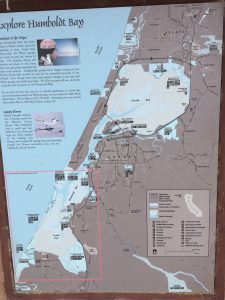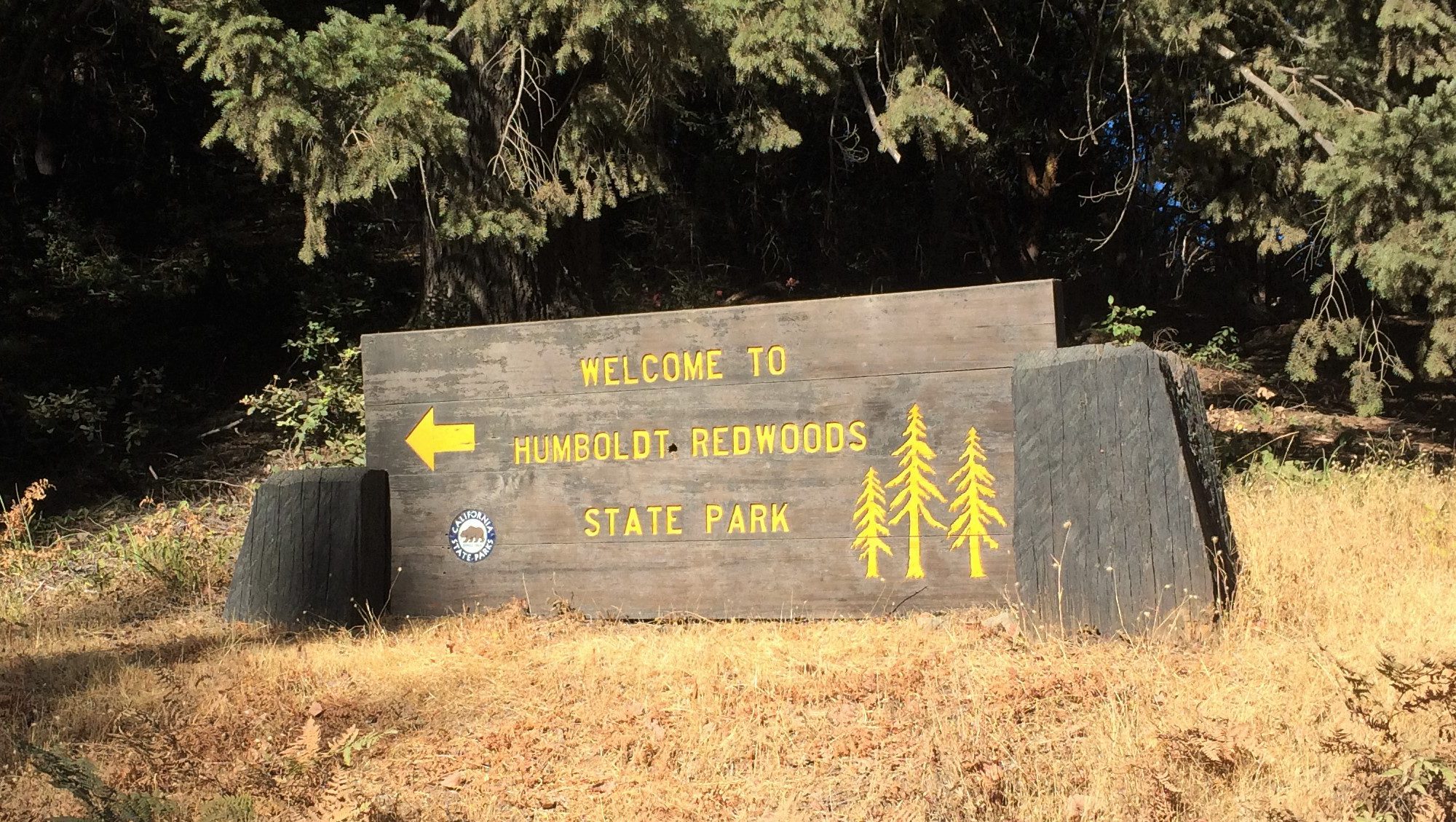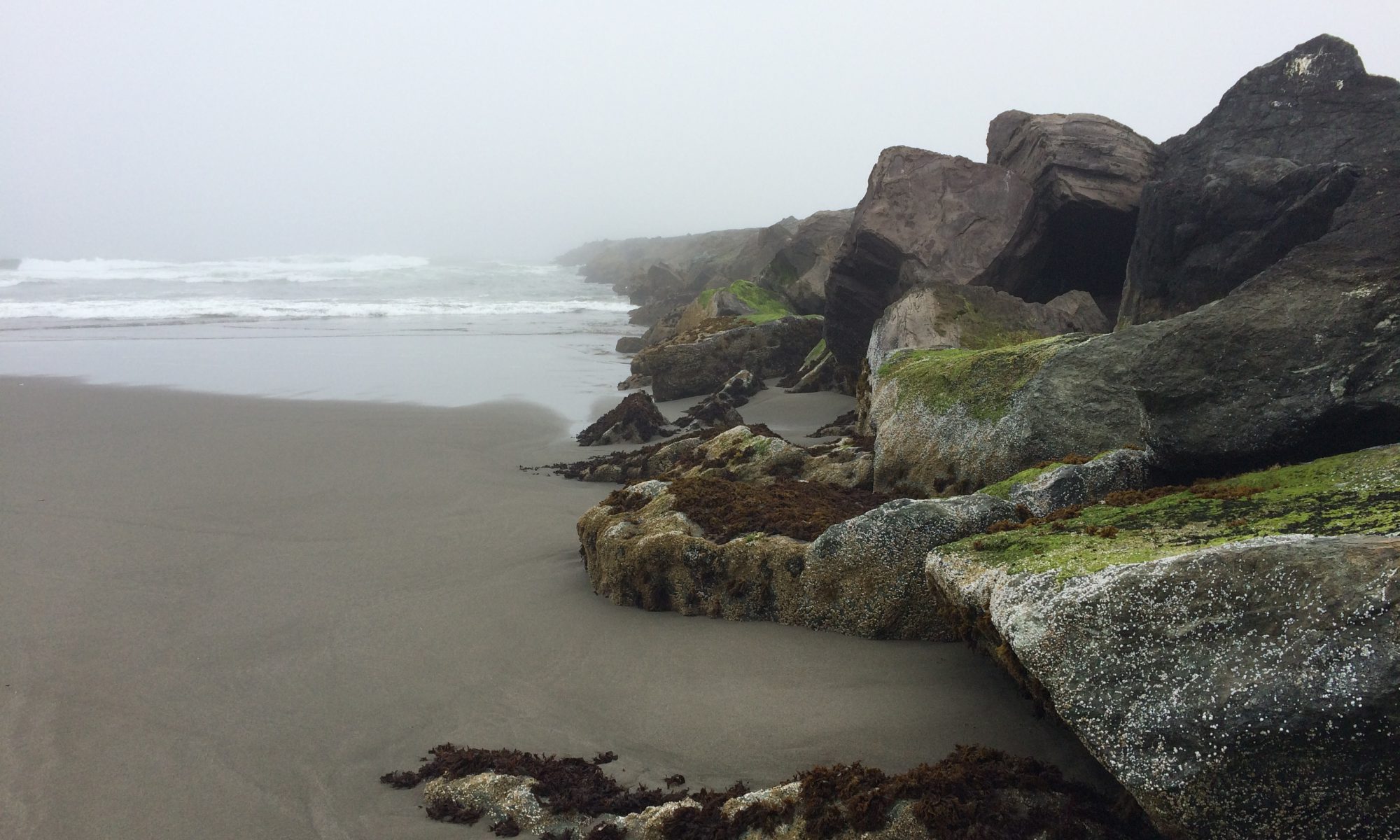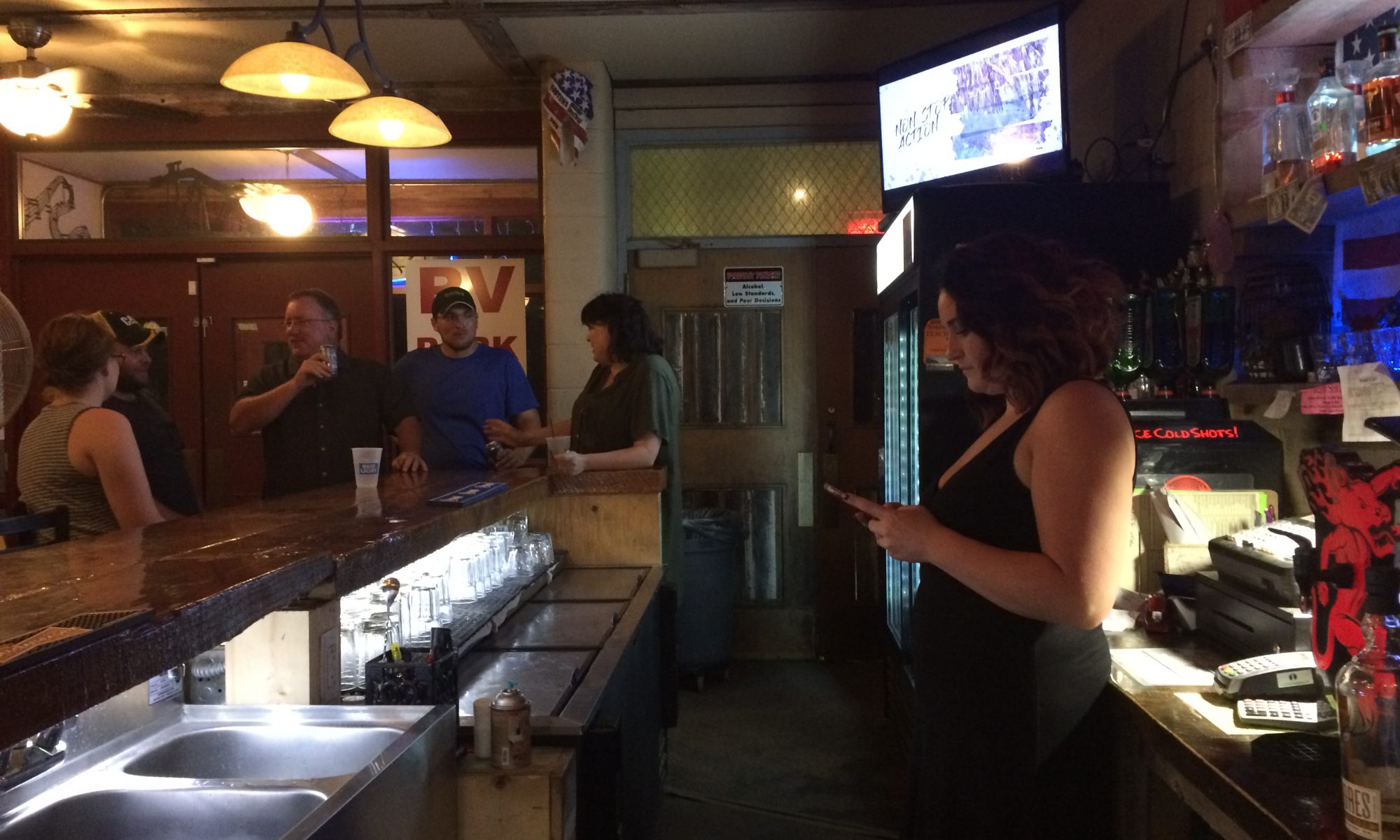Most visitors enter the redwoods from the South, coming up US 101 from San Francisco. This approach gives you a bit of a gradual introduction to the big trees; you see a few mixed in with the pines and firs in Mendocino County, then the redwoods become more frequent and the stands denser as you drive North. Coming in from the West, the transition is more abrupt. One minute you are in the rolling hills and dry grass valleys of the King Range, and then suddenly you plunge into the back side of the state park that protects the largest forest of coastal redwoods left in the world.
Humboldt Bay, California

Humboldt Bay is big – 16,000 acres. The bay’s port at Eureka is the only protected deep water harbor between San Francisco and Seattle, so Humboldt Bay is a pretty important place from both an economic and ecology perspective. If you visit Humboldt Bay today, you’ll find three distinct zones: South, North and Central.
The North and South consist of long barrier sand spits barely connected to the mainland. The Central section is the protected harbor, divided between mudflats teeming with wildlife and the City of Eureka, Humboldt County seat. Most of the central bay is private property. It’s the two spits that are the most accessible to the public as recreation areas, thanks to access roads the Corps of Engineers put it when they built a jetty at the end of each spit in 1890. The jetties were needed to stabilize the harbor entrance, which until then involved a risky transit over ever-changing sandbars.
Northwestern North Dakota – Fortuna 2
After the plug is pulled: the fall & rise of Fortuna ND
Like many towns in the Great Plains, Fortuna was a creation of the railroad. Their PR campaign in the early 1900’s promised that prosperity could be found along the tracks. Mostly Norwegians bought into the idea and came to this remote corner of North Dakota to grow drought-tolerant durum wheat, raise beef cattle and mine a bit of low quality lignite coal. Being a fairly stubborn lot by nature, these folks toughed it out through brutally cold winters and summers without rain in isolation for forty years. Then the Air Force showed up to inject government money into the local economy.


